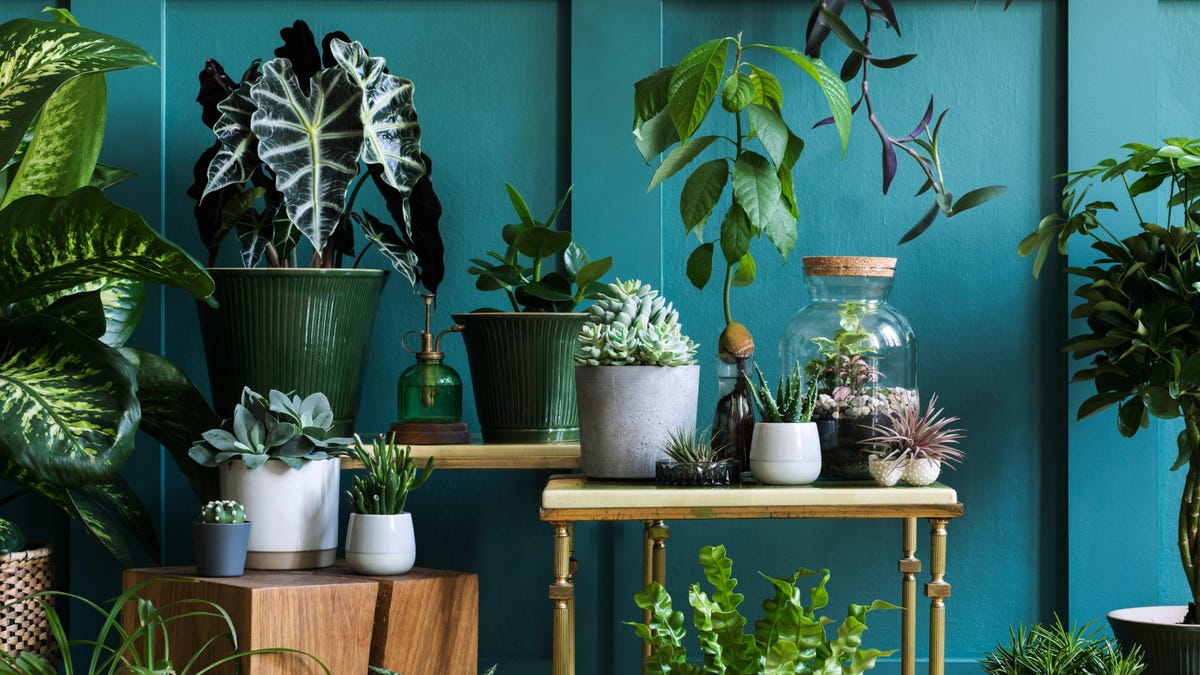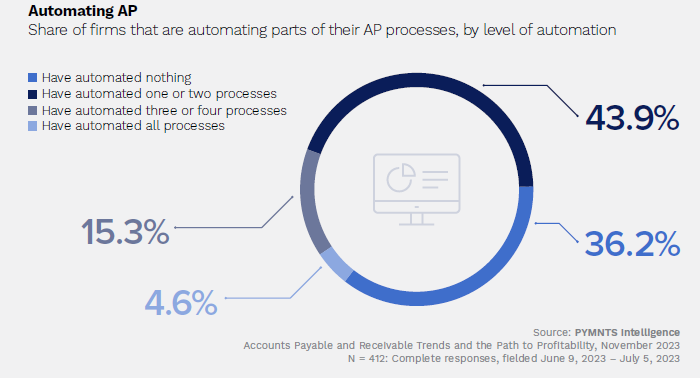In my continuing series, “Am I lazy or is it ADHD,” I have developed the perfect way to stop killing your houseplants. Now, I could pretend this is for when I’m on vacation, when it is physically impossible to take care of my plants because I am not there. But let’s be honest: I use this method year-round because I can stare a plant into death from lack of water the way people can keep pots from boiling.
Theoretically, you should water your plants “once a week, weakly.” This means water them with a small amount of plant food in the water. It’s simple enough— but every day, people watch their greenery march off this mortal coil into the land of dehydration.
I recently showed you how I tackled this problem with my plant wall by connecting it to the water source behind my washer, a timer, pump and smart plug. This is a little more of a lo-fi solution.
First, automate the watering
I’m not sure what we did before Amazon, but I use it as a search engine to find out if someone has invented the thing I need. It turns out, automatic plant waterers are a thriving business, and I’m pleased to say they work reasonably well.
A device, usually a small box-looking thing, has an inlet and outlet that you connect ¼-inch tubing to. You connect the outlet tubing to an emitter and then plonk it in your houseplant/s and you stick the inlet tubing into something holding water. You then program it to water for a set amount of time, however often you want. When the timer goes off, the device sucks in water from the reservoir you set up, pulls it through the device, and then outputs it into your plants for the amount of time you tell it (10 to 20 seconds is perfect for most plants). Since they’re relatively inexpensive, you can set them up in different rooms, or group plants that need longer or shorter periods of watering together.
The nice thing is that it’s really pretty flexible and powerful. You can fork the tubing so that you’re effectively watering as many plants as you want at once; or if you’re super hacky, just run two lines to a plant that needs more water. (I’m looking at you, useless giant iron plant I don’t really care for.) The devices even come with connectors to do so.
You can also use whatever water receptacle you want, however big you want it. If you’re leaving town for a few months, use a large trash can, for instance. If you want to easily see that its empty so you refill it, use a clear vase. An additional bonus is that you can add your plant food directly to the water, so every time it waters your plants, they get a little bit of plant food. An additional pro tip is to tell Google Assistant to remind you to refill the water every three days, or however often you think it’ll need it.
Second, provide for heat
Now that we’ve taken care of water and food, let’s handle your plants other comforts: shelter, warmth, and love.
Your indoor plants need enough heat to survive over winter, even if you’re not there. There are a few ways to handle this, but since you’re likely not heating your whole house, the best way is a heat mat or directional heat from a heater. First, you’ll want to know when the plants need it, and that best way is a smart thermometer. Meross’s smart temperature and humidity sensor does exactly that. It’s a small puck you place near your plants, and it will report the temperature and humidity at regular intervals to your hub, like Google home.
If you have a heat mat or heater, you can connect it to a smart plug (I happen to like the Meross smart plugs the best). Now you’ll write an automation to turn on the heat when the temperature drops below a certain threshold. For instance, you’d go to Google home, click on automations, create a new automation, and then use the temperature sensor as a trigger. Make sure you also set an automation to turn the heater off, when the temperature rises above a set threshold. Together, these will keep your plants warm, but not overly toasted.
You could do the same with a fan, but houseplants rarely mind the heat.
Finally, make sure your plants have love and light
If you have grow lights, you can automate them to come on and go off with sunrise and sunset, using the time settings as a trigger.
Finally, since there is evidence that plants like being talked to, you can set an automation to read a recording of you complimenting your plants, or the system doing so, at regular intervals. Heck, they can sing to your plants or read a book to them. Plants enjoy company.
If, in fact, you are going out of town and are not simply ignoring your plants from across the room, the ultimate way to know what’s going on from afar is a video camera, and Blink has some inexpensive ones that allow you to zoom in on your plant babies to monitor their progress.










